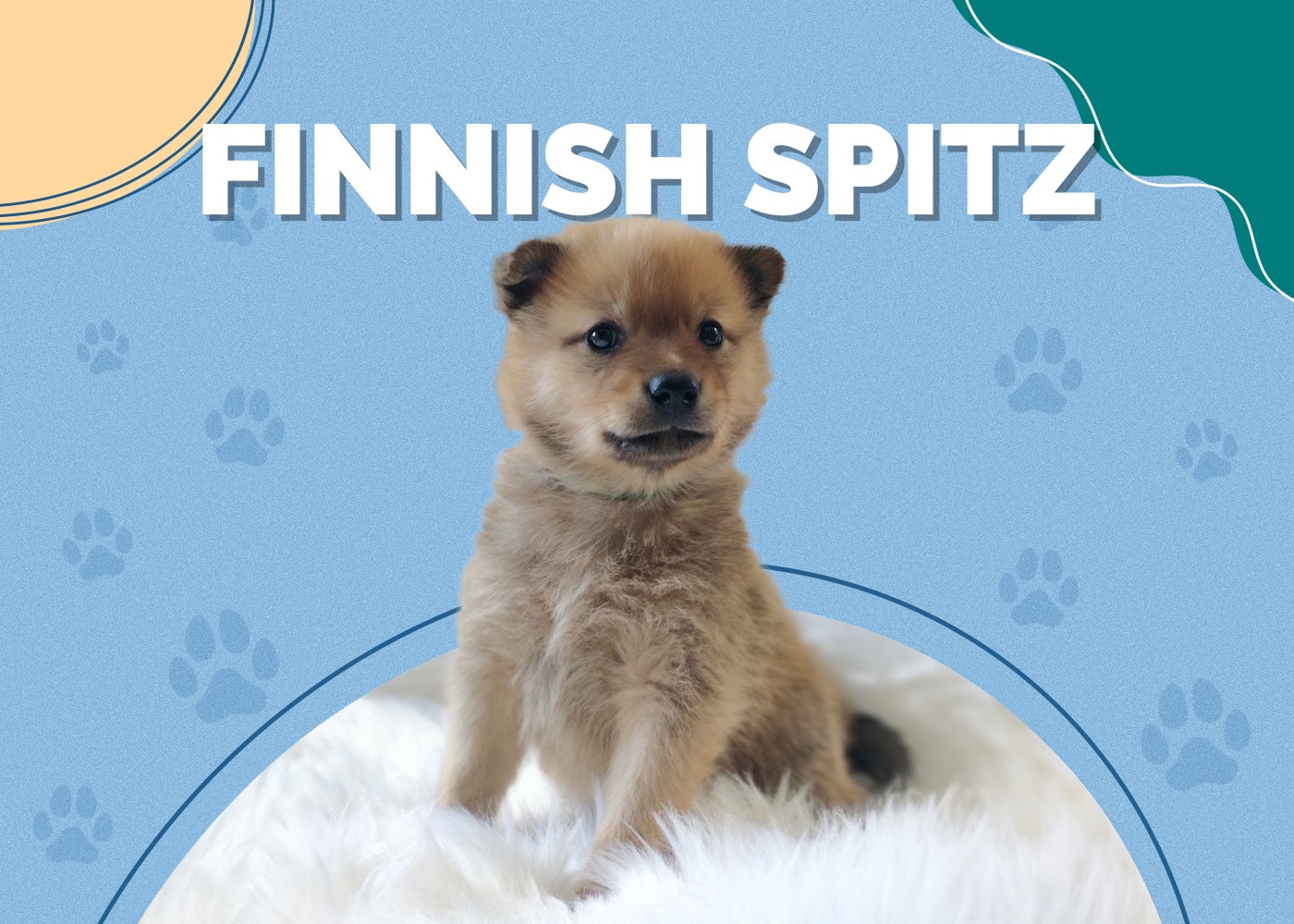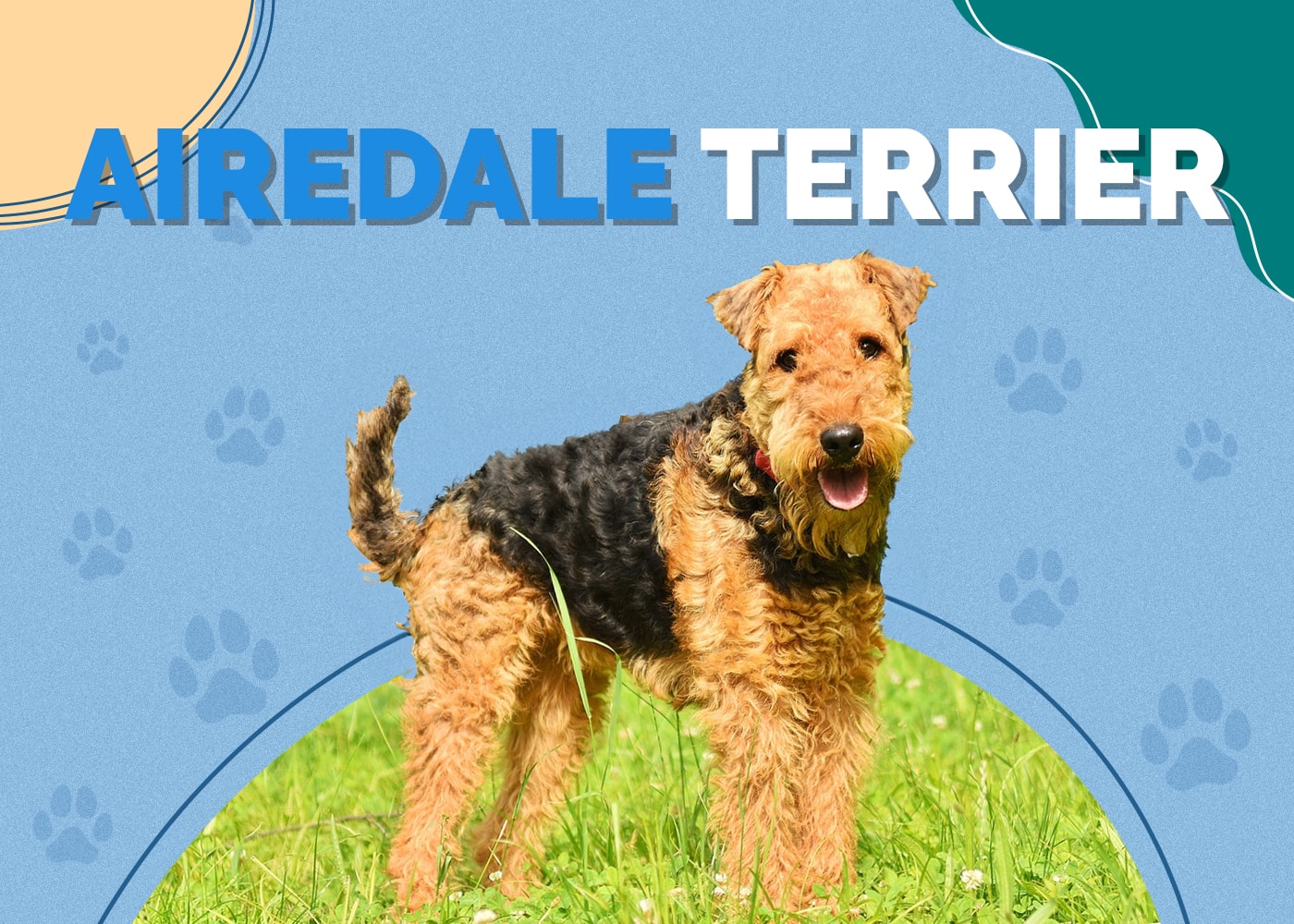Portuguese Podengo: Info, Pictures, Characteristics & Facts

Updated on
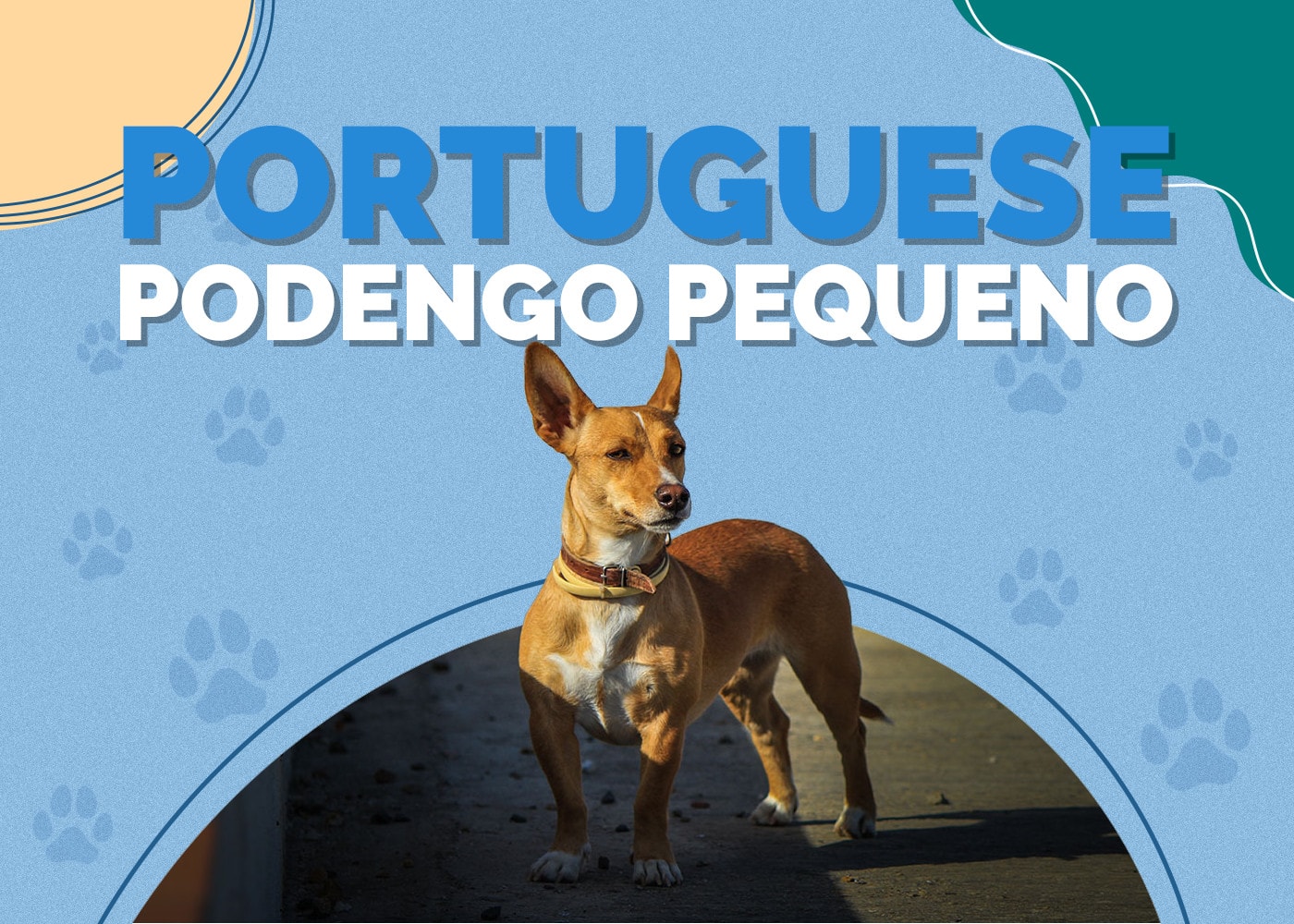
Height:
16–28 inches
Weight:
35–65 pounds
Lifespan:
12–14 years
Colors:
Black, grey, fawn, chestnut, orange, gold
Suitable for:
Families and singles, multi-pet households, outdoor adventuring
Temperament:
Intelligent, fun-loving, sociable, good with other dogs
The Portuguese Podengo dates back thousands of years and were originally bred to be hunters but are now beloved companion pets for families around the world. These dogs come in two different sizes: medium and Grande. They are the close cousins of a smaller breed called the Portuguese Podengo Pequeno. Portuguese Podengos can weigh anywhere from 35 to 65 pounds, and they stand as tall as 28 inches.
Their smooth, double coat gives them a sophisticated look, and their pointy ears give away the fact that these dogs are always alert. Portuguese Podengos are the official national dogs of Portugal, and many kennel clubs throughout the world recognize all sizes of this breed. The Portuguese Podengo is social and happiest when sharing their lives with at least one other dog in addition to their human family members.
On the topic of humans, these dogs greatly enjoy spending time and playing with children of all ages. They need daily outdoor exercise, but they aren’t particularly active, so they will spend their fair share of time lounging around the house. If you want to learn more about this amazing purebred dog, check out all the information we’ve put together for you!
Portuguese Podengo Puppies
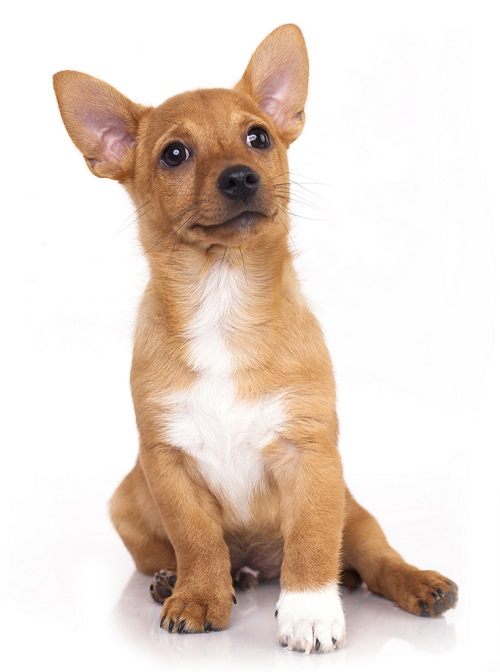
The Portuguese Podengo is social, smart, and easy to train. They typically maintain good health throughout their lives, and they can live to be an impressive 14 years old. Here’s a snapshot of what you need to know about these dogs:
3 Little-Known Facts About the Portuguese Podengo
1. They Go By a Few Different Names
While the Portuguese Podengo is the official name of this particular breed, these dogs do go by different names depending on what part of the world they live in and what their human parents’ preferences are. These dogs are sometimes called the Portuguese Hound, the Portuguese Podengo Medio, and the Portuguese Podengo Grande.
2. They’re in Many Big Movies
These dogs have had the opportunity to act in some big movies over the years. Some movies in which you may have seen this breed act include “Cheaper by the Dozen,” “Dante’s Peak,” and “Zeus and Roxanne”1.
3. They’re Working Dogs
Portuguese Podengos were bred to hunt, and many still work as hunters today. In fact, most Portuguese Podengos in Portugal today are part of active hunting groups, some commercial and some private, that operate throughout the country.
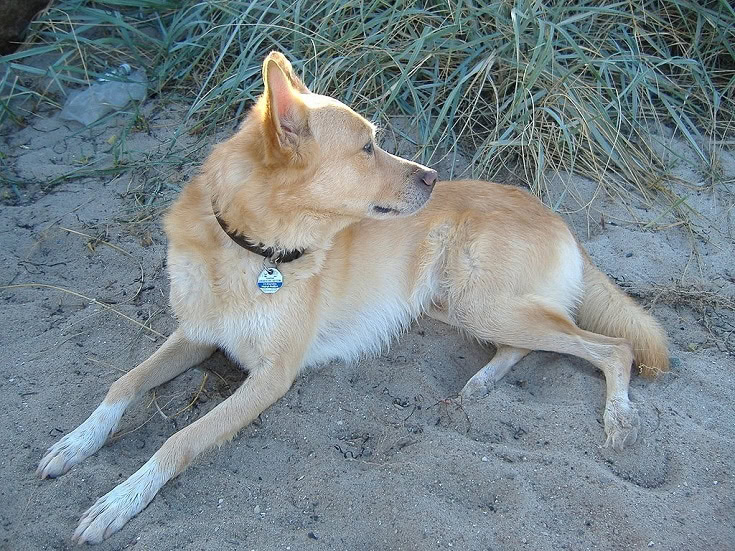
Temperament & Intelligence of the Portuguese Podengo 🧠
The Portuguese Podengo is a hunting breed. But they aren’t highly active, and they don’t have a high prey drive, which makes them suitable companion dogs for families of all ages and sizes. These dogs maintain a pack mentality and seem to be happiest when living in multi-pet households. They don’t mind spending time alone at home as long as they have another furry family member to hang out with.
These dogs can jump high, so their yards should be fully enclosed with a tall fence at least 6 feet high. They love to walk, hike, and camp with their family members. Their intelligence makes it easy to train them over time. Portuguese Podengos are loving, family-oriented dogs that want nothing more than to share their life with adventurous humans and animal friends.
Are These Dogs Good for Families? 🏡
The Portuguese Podengo is an excellent family pet, with a happy-go-lucky personality and a heart full of loyalty. These dogs will spend hours gently playing with your young kids or catching a ball in the yard with your teenagers. They aren’t aggressive in any manner, and they are always eager to please, so they catch on to obedience early. This is a good thing because even the most well-behaved dogs need obedience training to successfully integrate into a family environment. All in all, you couldn’t ask for a better family pet than the Portuguese Podengo.
Does This Breed Get Along with Other Pets? 🐶 😽
Just as they get along with kids, Portuguese Podengos thrive in multi-dog environments. They’re bred to work together as hunters and typically live together with the pack members that they hunt with. So, they are used to playing, sleeping, eating, and working with other dogs. They can get along well in a single dog environment, but they’ll need a great deal of attention and activity to keep them busy throughout the day.
On the other hand, being a hunting breed gives these dogs somewhat of a prey drive, so they may not get along well with cats and other small animals such as rabbits and guinea pigs. Early socialization will increase the chance that a Portuguese Podengo will get along with your pet cat or rabbit.
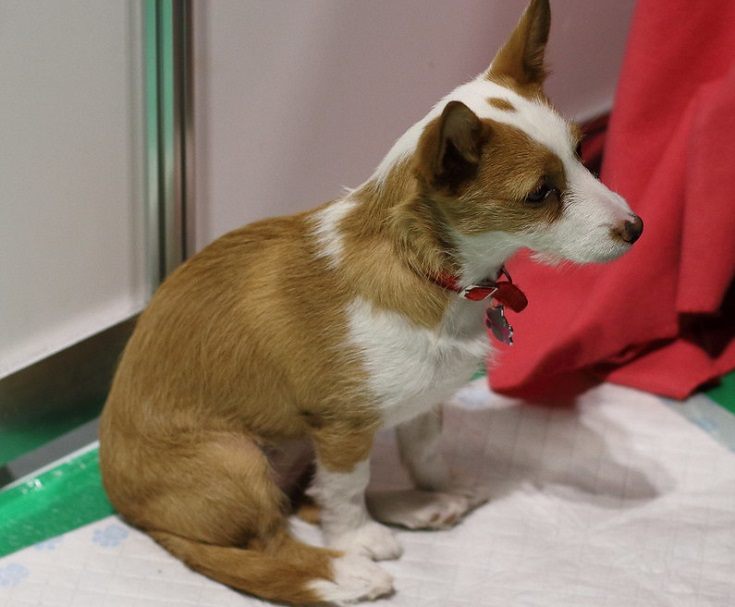
Things to Know When Owning a Portuguese Podengo
The breeder you’re working with and your veterinarian can give you the information you need to properly take care of your new Portuguese Podengo. But it’s always a good idea to read about the breed on your own so you can develop an unbiased understanding of the breed.
Food & Diet Requirements 🦴
The Portuguese Podengo is used to eating a high protein diet, so it’s best to choose a food that is free of grains, and that includes only whole meat cuts of chicken, beef, lamb, or fish. As grown adults, these dogs can eat about 2.5 cups of dry dog food every day. However, puppies might eat even more while they’re active and growing.
Dry food is a better choice than wet because it’s easier for you to serve and for your dog to digest. If the puppy you are adopting has already been eating dry food, find out what kind of food that the breeder has been giving them. You should start with the same food option to begin with and then slowly wean the puppy to a new food if you’d like to feed them something else.
You can do this by introducing a small amount of the new food to the old food and increasing the amount daily until the entire amount of food your dog is eating is the new food. This will help minimize the risk of digestive issues while your pooch is getting used to their new food.
Exercise 🐕
Portuguese Podengos are considered to be medium-energy dogs, so they do need daily exercise. But a quick walk around the block and a few minutes of fetch in the yard should be enough to keep your pooch calm and content during the rest of the day.
However, these are adventurous dogs, so they can take on a full day of hiking in the woods or swimming at the beach. Their minds should be stimulated as much as their bodies, so it’s a good idea to introduce puzzle toys into your home for your dog to enjoy during their downtime inside the home.
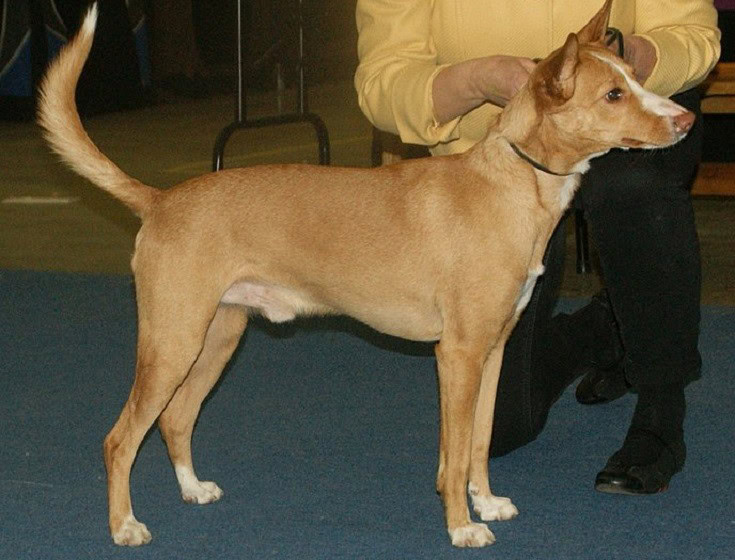
Training 🦮
Every Portuguese Podengo should participate in obedience training as soon as they are adopted and taken home to their family. Obedience training will teach your dog how to behave in the house, around other people, and in public spaces. These dogs are quite agile and will do well in agility competitions with the right training in place. Agility training will help engage the intellect of your pooch and give them a place to direct their prey and hunting tendencies, so those aren’t displayed in the home.
Grooming ✂️
The Portuguese Podengo is typically easy to take care of. They should be brushed once or twice a week to minimize shedding. They don’t usually need bathing unless they get particularly dirty. Some owners like to use dry shampoo on their pooch’s coat to keep it looking fresh and clean. Their nails grow quickly and can become quite sharp, so they should be trimmed once a month or so to keep them smooth and to ensure that they don’t get caught on your curtains and furnishings inside your home.
Health Conditions ❤️
There are only a few health conditions that the Portuguese Podengo is naturally prone to, but these conditions are worth learning about, so you know what to do if your Podengo starts showing signs of trouble as they age.
- Eye injuries
- Foot and toenail
- Muscle strains
- General body injuries
Male vs Female
There is no scientific evidence that there are any real differences between male and female Portuguese Podengos. Some owners feel that their males are more independent than their females, and some think that girls are harder to potty train than boys. But every owner has their own anecdotal evidence about the differences between males and females.
If you’re not sure which gender to adopt, spend time with each at the breeder or adoption facility before deciding. Keep in mind that all dogs have their own unique personalities, though, so visit with multiple dogs of both genders before making a final decision.
Final Thoughts:
The Portuguese Podengo is a fine family companion dog that loves spending time with humans and other dogs alike. They’re adventurous but not too active. They’re independent enough to spend time alone at home. They are loyal to their family members throughout their lives. These dogs deserve serious consideration as your next family pet. What do you think of Portuguese Podengos? Have you had the opportunity to spend time with one yourself? Feel free to let us know what you think in the comments section.
- Curious about other Portuguese dog breeds? Learn about them here!
Featured Image Credit to APPMGC, Wikimedia



